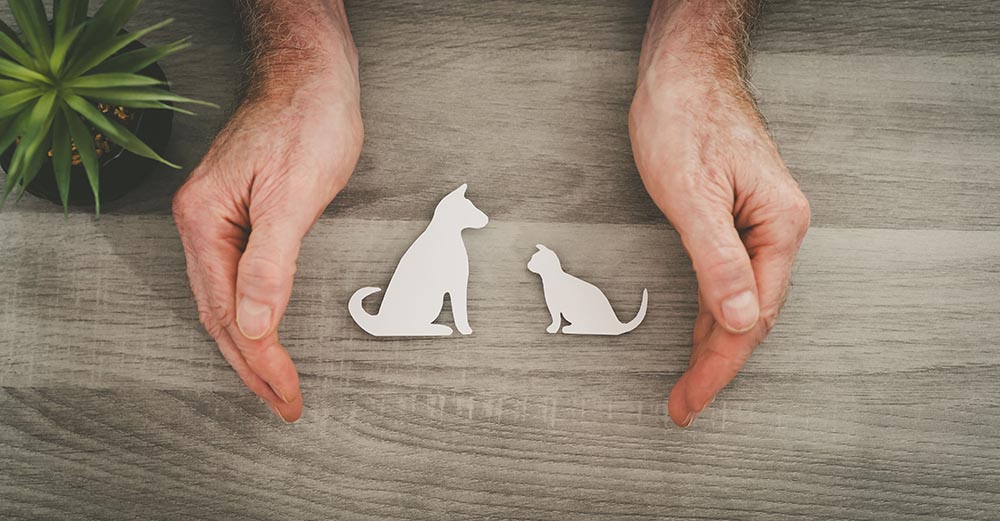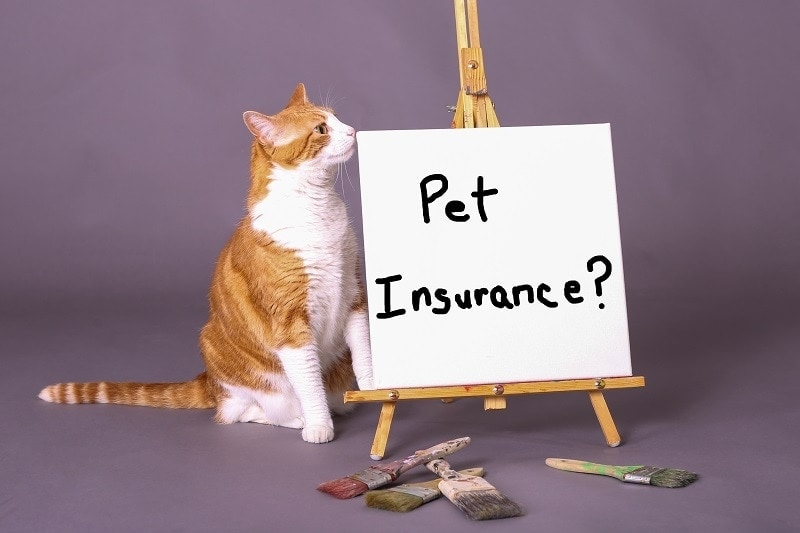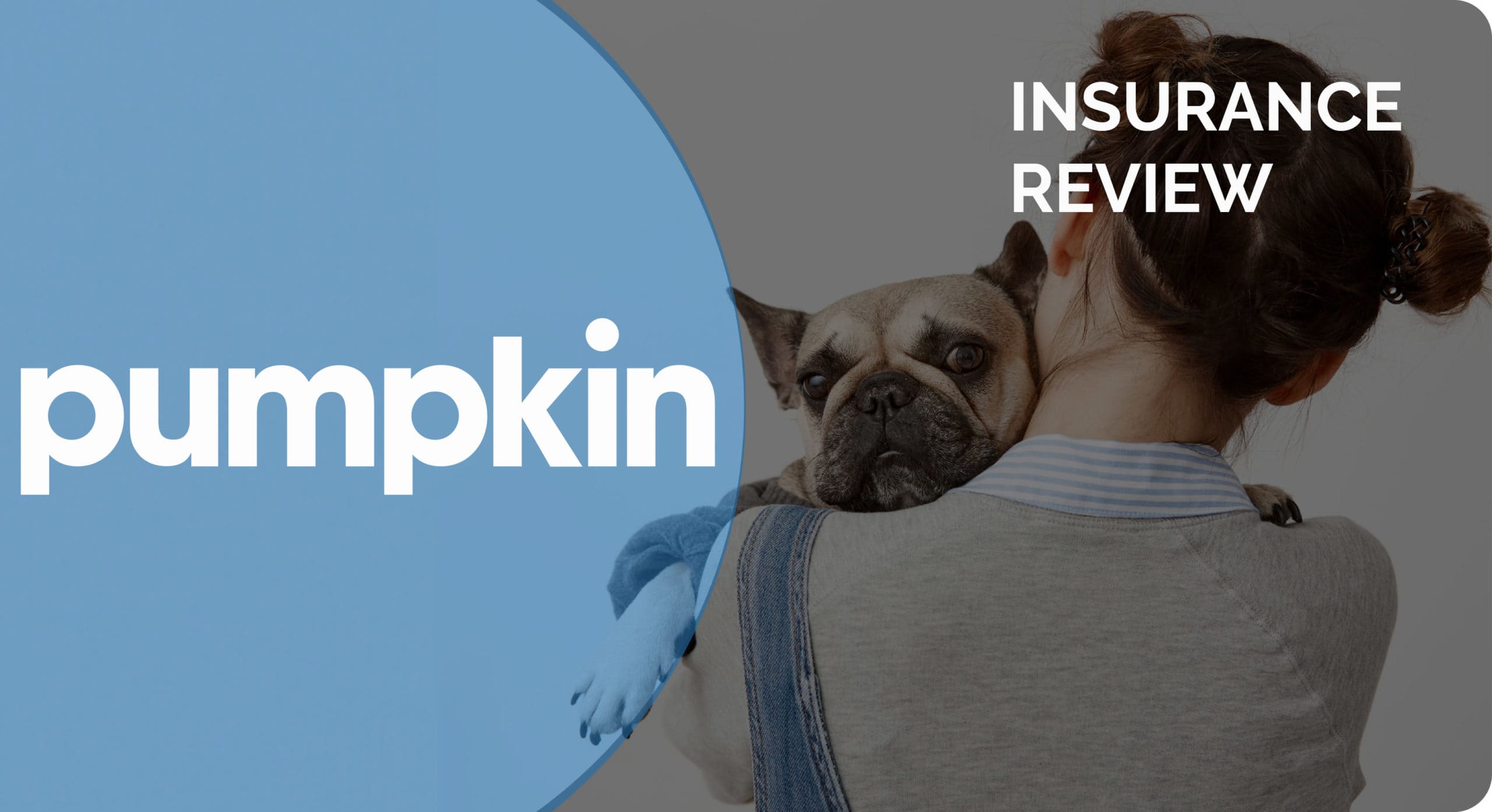What Is the Cost of Pet Insurance in the UK? (Updated in 2024)

Updated on

While pet insurance can’t prevent your pet from getting ill or being involved in an accident, it does provide you with financial backup so that you can get the appropriate treatment without having to worry about the size of the vet bill.
Pet insurance is common, which means that there are plenty of insurance companies offering this type of product, which includes both accident-only and illness and accident policies. And while the cost will vary greatly according to the type of animal you have, its breed, its age, and other factors, such as your location, you can expect to pay £10 per month for cat insurance and £30 per month for dog insurance.
While cats and dogs are the most popular pets in the UK, you can get insurance for other types of pets. Rabbit insurance costs an average of about £15 per month, while horse insurance costs approximately £25 per month. Specialist policies are available for exotic pets like lizards and snakes, but prices vary considerably according to the breed, whether it is venomous, and other factors.
Dog Insurance Costs
- £20-£100 per month
At its most basic, dog insurance can protect your dog against injuries and treatment required following an accident. A comprehensive policy, on the other hand, protects against unexpected illnesses.
You will need to shop around to ensure you get the best deal for you and your dog, paying particular attention to factors like the age of your dog and the levels of co-payment and excess that are included in the policy.
While £20 is a fairly typical cost, you can pay as little as £5 per month to cover the basics, right up to £100 per month for a rare breed and to cover a wider range of illnesses and potential treatments.

By Breed
One of the biggest factors that affect the cost of dog insurance is the breed of dog being insured. Some breeds are considered generally healthier than others as some breeds are predisposed to a greater range of genetic and hereditary conditions.
Big and giant breeds are more likely to suffer joint and musculoskeletal conditions and brachycephalic breeds are more likely to endure respiratory conditions. Average prices for the five most common breeds are:
| Breed | Monthly Premium |
| Crossbreed | £23 |
| Labrador Retriever | £30 |
| French Bulldog | £55 |
| Cocker Spaniel | £23 |
| English Bulldog | £70 |
By Coverage
There are different levels of dog insurance coverage including:
- Accident-Only – Accident-only policies only protect against injuries caused by accidents such as road traffic accidents. They do not cover unexpected illnesses. These tend to be the cheapest policies because they offer the least protection.
- Time-Limited Policies – Time-limited policies mean that the coverage will only last for a given period after your dog is diagnosed with an illness or condition. For example, if your dog is diagnosed as having epilepsy and you have a 12-month time-limited policy, you will only be covered for the first 12 months of treatment for that condition.
- Maximum Benefit – With a maximum benefit policy there are no time restrictions but there are financial restrictions with a maximum lifetime limit per condition. If the treatment for an individual condition exceeds this amount, you won’t be covered.
- Lifetime – A lifetime or comprehensive policy might have annual financial limits but no time restrictions and no per-condition maximum financial penalties. These are usually the most expensive policies.
Typical prices, by the type of policy you choose, are
| Policy Type | Monthly Cost |
| Accident Only | £7 |
| Time Limited | £28 |
| Maximum Benefit | £30 |
| Lifetime | £44 |

By Age
Another major contributing factor that determines the price you pay is the age of your dog. Senior dogs are more likely to get ill, which means that the insurance company is more likely to have to pay out. And if you are taking out a new policy, you will be restricted to which companies will even offer insurance. Below is a graph of what you can expect to pay for a monthly premium based on age:
| Dog Age | Monthly Cost |
| 0–3 years | £23 |
| 4–5 years | £28 |
| 6–8 years | £35 |
| 9–10 years | £65 |
| 11–12 years | £80 |
Cat Insurance Costs
- £10-£40 per month
Cat insurance is governed by many of the same factors as dog insurance, so as well as where you live, you can expect premiums to change according to the breed of cat you have, its age, and the type of policy. However, cat insurance usually costs less than dog insurance per month, while offering the same kind of coverage.

By Breed
Similarly to dogs, certain breeds of cats are more prone to certain hereditary conditions, which puts these breeds at the top of any list of cat insurance costs. Looking at the five of the most common breeds of cat in the UK, average insurance prices are:
| Cat Breed | Monthly Cost |
| Moggy | £10 |
| British Shorthair | £12 |
| Ragdoll | £13 |
| Bengal | £12 |
| Maine Coon | £14 |
By Age
Older cats are more likely to get ill than younger cats, which means that they usually have higher veterinary costs. If you take out a policy when your cat is younger and keep renewing that policy, you should find that your rates are competitive, but if you need to find a policy for a more senior cat, prices can escalate quickly. The average price of cat insurance by the age of the cat is as follows:
| Cat Age | Monthly Cost |
| 0–5 years | £12 |
| 7–8 years | £14 |
| 9–11 years | £22 |
| 12+ years | £28 |
By Coverage
Choosing the right level of coverage of the policy is important. If you have too little coverage, you will end up out of pocket in the event of an accident or illness to your cat. If you have too much coverage, it may not offer additional benefits but will cost you more each month. Typical cat insurance costs by coverage type are:
| Coverage Type | Monthly Cost |
| Time-Limited | £9 |
| Per Condition Limit | £12 |
| Comprehensive | £10 |
Rabbit Insurance Costs
- £12-£22 per month
Rabbits are the third most popular type of pet in the UK and although it is harder to come by, with fewer insurers offering insurance specifically for rabbits, it is possible to buy an insurance policy for this type of pet.
The breed of rabbit, and even the age, has less bearing on the amount you pay for rabbits, and you should expect to pay between £12 and £22 per month for insurance. Generally, policies with higher annual limits and lower excess values will cost the most.
Horse Insurance Costs
- £20-£35 per month
Horses can be expensive to buy and keep and they can prove very costly if they need veterinary treatment. Fortunately, horse insurance policies don’t have to be expensive, although you will need to pay more for public liability insurance if you take your horse on the road, and you may have to pay more for your premium if you regularly take part in dressage or other competitions.
You will need specialist insurance if you let others use your horse for riding lessons. But, for general horse insurance, to cover accidents and illness and assuming you don’t compete or ride your horse on the road, the monthly cost of insurance is between £20 and £35 per month.

Saving Money on Pet Insurance
Pet insurance is meant to protect you against any unexpected financial payments that arise from unexpected illness or injury to your cat or dog. You do need to ensure that you have an appropriate level of coverage, but this doesn’t mean you should pay over the odds for the policy. Some possible ways to reduce your insurance costs include:
- Get Several Quotes – All pets and pet owners have different requirements, so the cheapest insurer for one person is not necessarily the cheapest insurer for all. Get a good range of quotes from different companies so that you can compare and choose the cheapest for you.
- Check Your Excess and Limits – Once you’ve chosen the appropriate policy type, you can usually customise features of the policy such as the excess and annual or lifetime limits. Increasing the excess means you pay more yourself, in the event you need to make a claim, but it will reduce your monthly premium cost. Lower annual and per-condition limits can also reduce the amount you pay.
- Pay Annually – Typically, you will find that paying for your policy annually will work out a little cheaper than if you pay monthly. If you can afford to pay in this way, it could save you money in the long run.
- Look For Multi-Pet Discount – Different insurers offer different types of discounts and saving opportunities. One common discount is a multi-pet discount so if you have two or more pets, look for an insurance company that offers these discounts, but do compare total prices to make sure that you really are saving money by taking advantage of this and other discounts.
Conclusion
Pet insurance ensures that you have the money to cover vet fees and treatment costs if your pet is injured in an accident or develops an unexpected illness. Policies do vary in their coverage levels, and you can increase or decrease limits and excess values to get the level of coverage you want while also reducing or increasing your monthly payment.
Ultimately, the type of animal, its breed and age, and even where you live will determine how much you have to pay, but typical costs for pet insurance are around £10 per month for cat insurance, £30 per month for dog insurance, and £30 per month for horse insurance.
See also:









